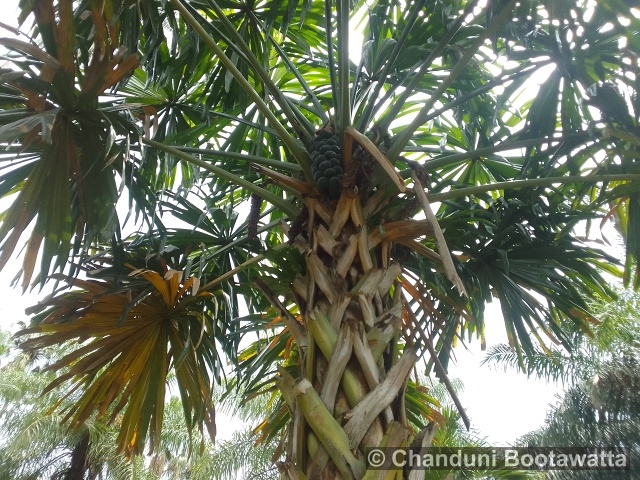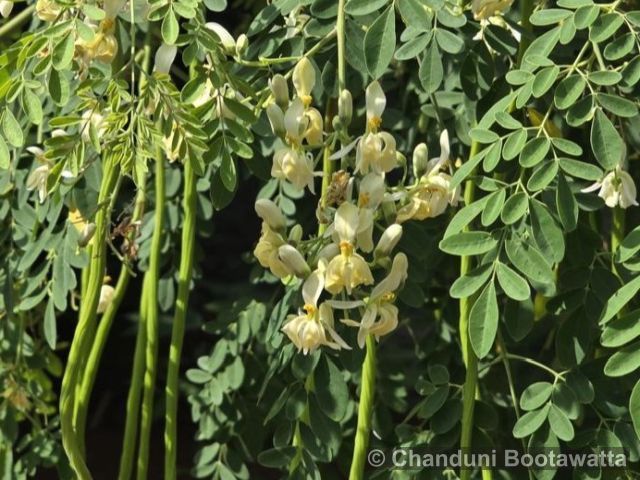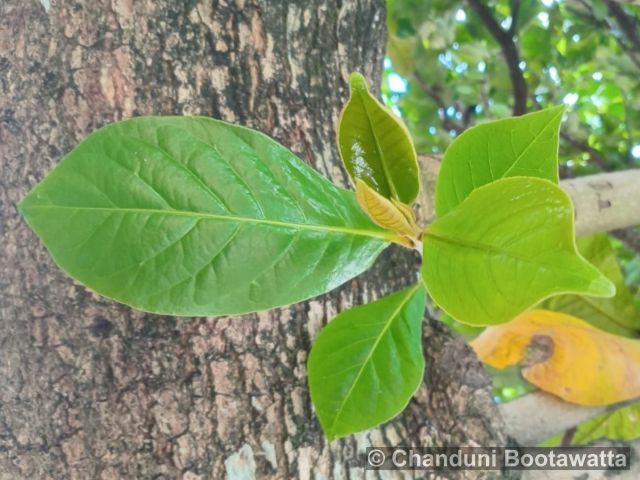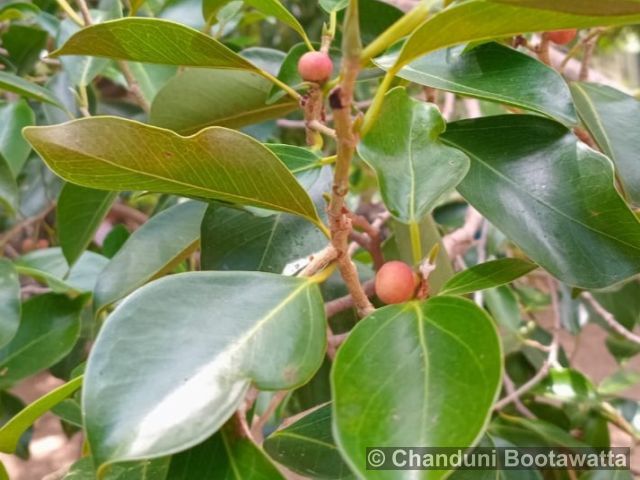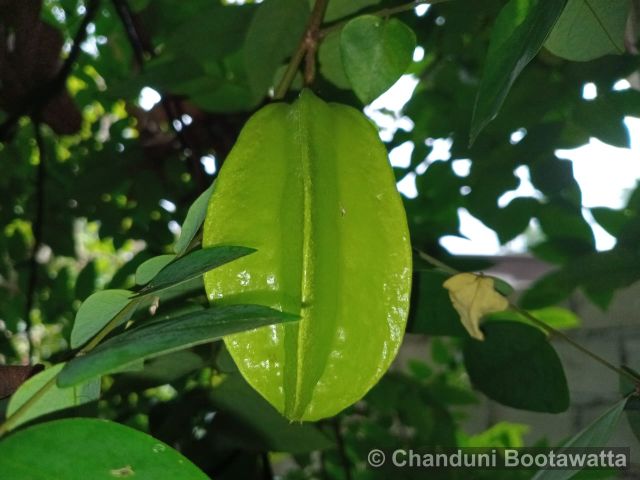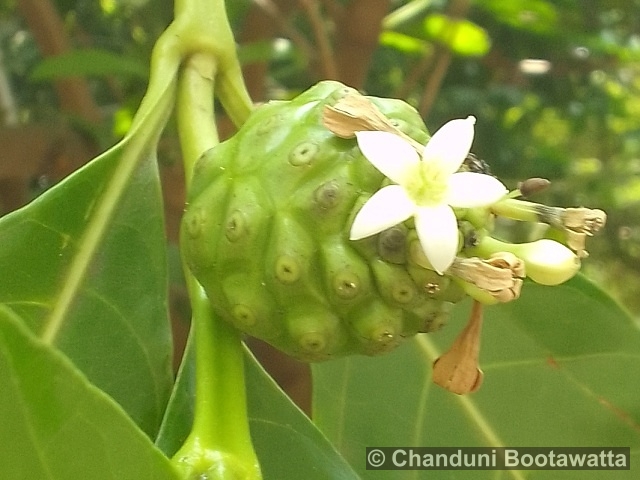Tento příspěvek byl přečten360krát!
Pinang palm, Betel palm
Syn.: Areca cathecu L.; Areca macrocarpa Becc.
Family: Arecaceae
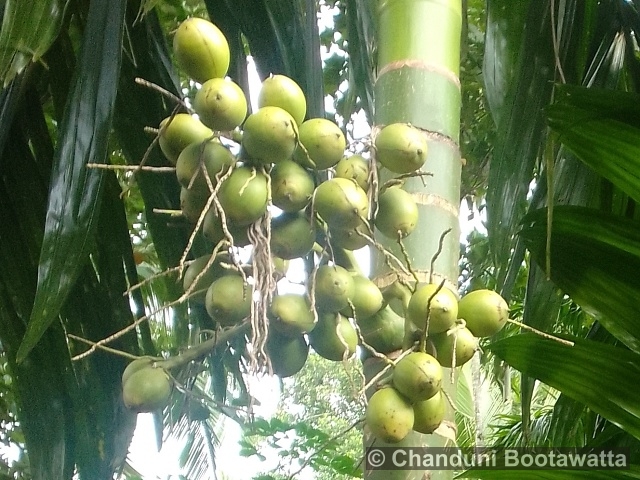
Description: Is a tall, slender palm tree with a smooth, grayish trunk and a crown of feathery, pinnate leaves that can reach up to 3 meters in length. Its flowers are small, yellow-white, and form in dense, branched clusters beneath the leaves. The tree produces oval to oblong fruits, known as betel nuts, which are initially green and turn orange to red as they mature, containing a hard seed inside. The buds, or inflorescences, are compact and emerge from the base of the leaf sheath. The trunk is single, smooth, and can grow up to 20 meters tall, providing structural support for the foliage and fruits.
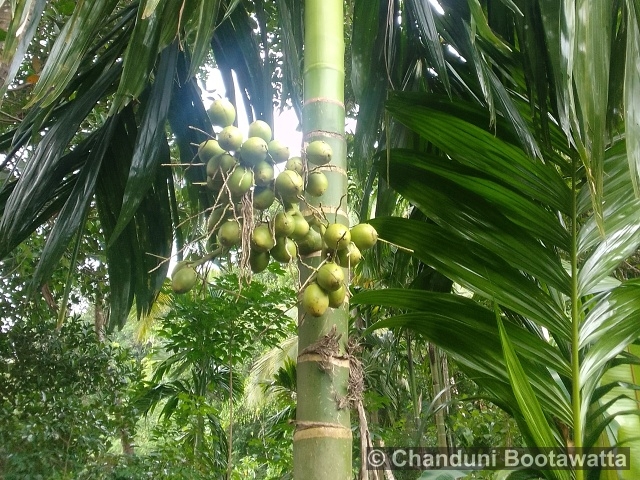
Substitutions: Phoenix dactylifera (Date Palm) – The date palm is a productive palm tree known for its sweet, edible dates. It is native to the Middle East and North Africa and grows well in arid to semi-arid regions with well-drained, sandy soils. While different in primary use, the date palm is a functional agricultural substitute for Areca catechu, providing valuable fruit in suitable climates. – Elaeis guineensis (African Oil Palm) – The African oil palm is a robust palm native to West Africa, known for its production of palm oil and palm kernels. It grows in similar tropical climates and soil conditions as Areca catechu. Although primarily grown for its oil rather than ornamental use, it serves as a functional substitute in agricultural contexts where a productive, tropical palm is needed. – Syagrus romanzoffiana (Queen Palm) – The queen palm is a tall, graceful palm with a smooth trunk and feathery, arching fronds. Native to South America, it is widely used in landscaping for its aesthetic appeal and adaptability to various soil types. It prefers well-drained soil, full sun, and warm climates, making it a good ornamental substitute for Areca catechu.
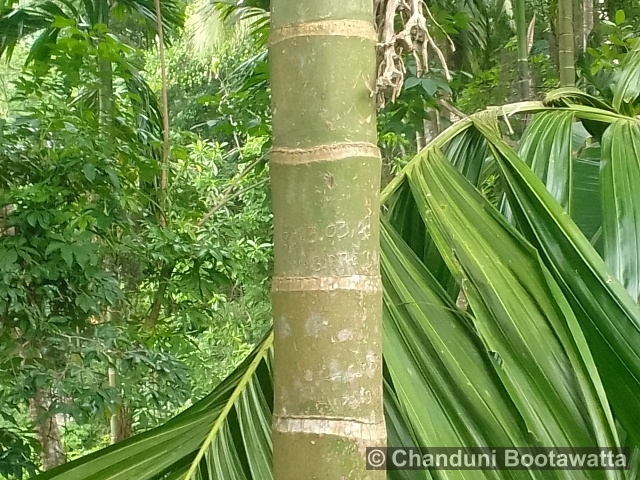
Ecology: Thrives in warm, humid tropical climates with consistent rainfall and temperatures ranging from 20°C to 35°C. It prefers well-drained loamy or sandy soils with a slightly acidic to neutral pH (5.5-7.5).
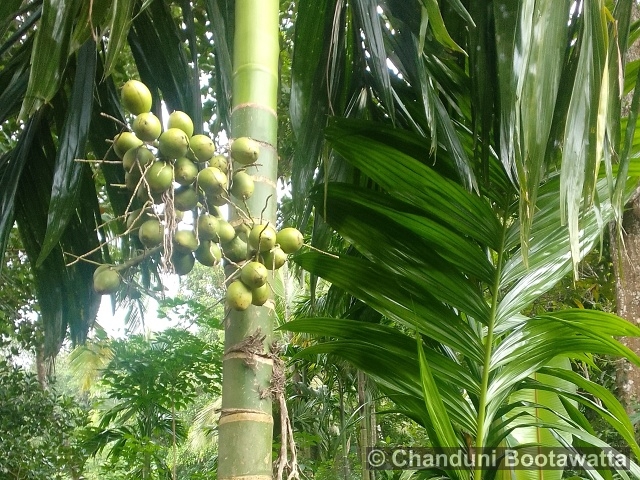
General Distribution: Widely distributed throughout tropical regions of Asia, including India, Southeast Asia, and the Pacific Islands, where it is cultivated for its betel nuts and cultural significance.
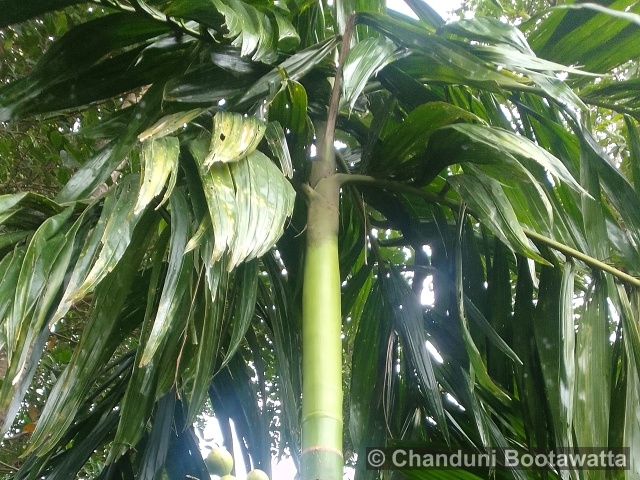
Use: Betel nuts are primarily chewed for their stimulating and psychoactive effects, often wrapped in betel leaves with slaked lime, and are also used in traditional medicine and cultural rituals across South and Southeast Asia. The palm is also valued ornamentally and for its wood, which is used in construction and handicrafts.
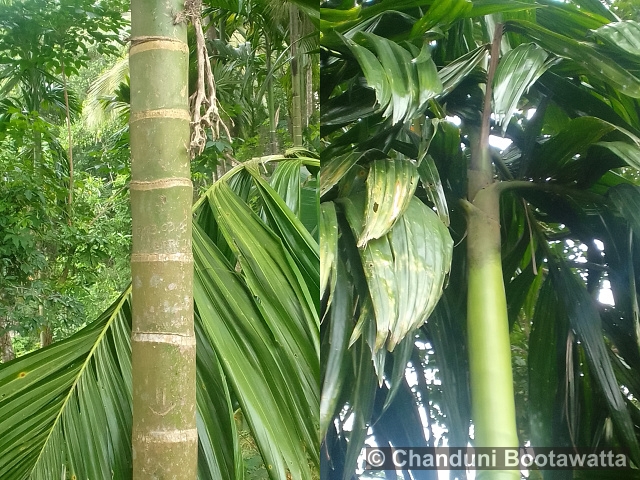
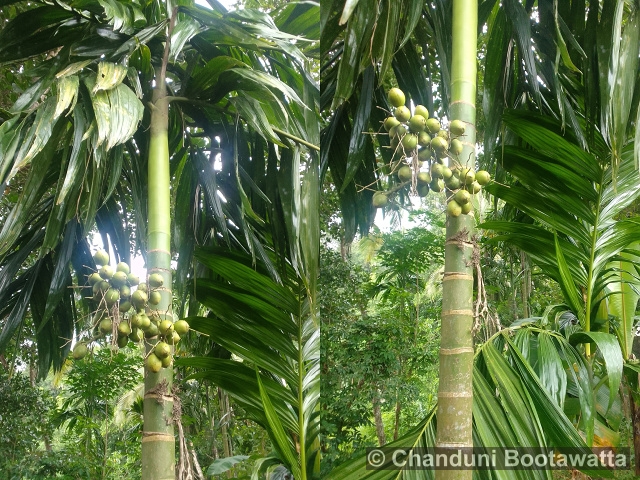
Author of text and photos: Chanduni Bootawatta.
Photographed in Ranwala, Sri Lanka on 14/06/2024.
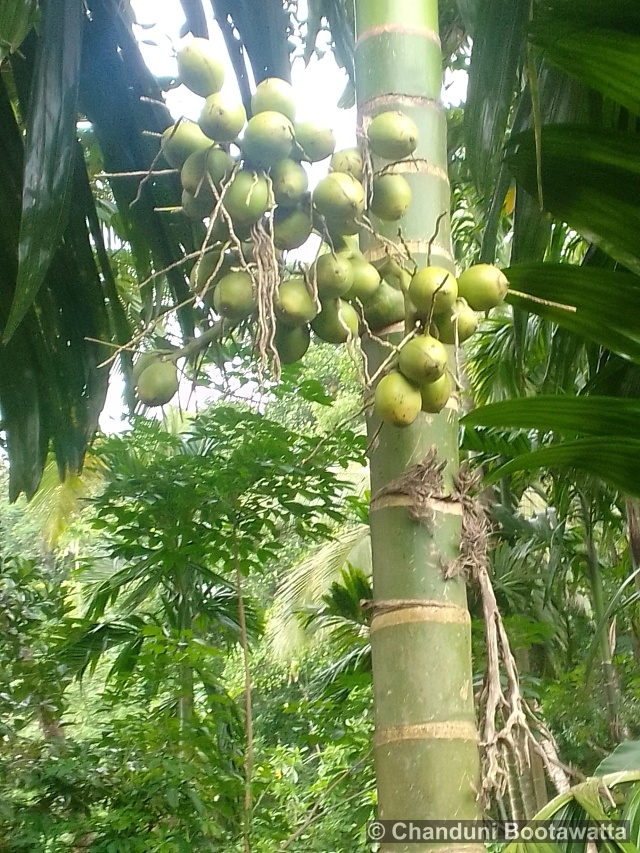



 Poslat emailem
Poslat emailem